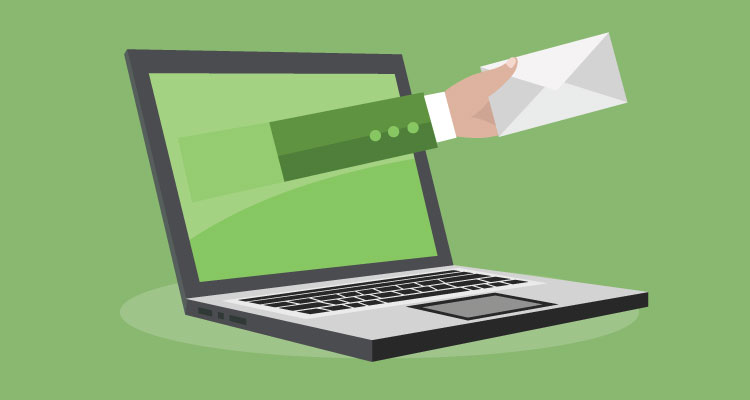In today’s email-driven workplace setting, sending follow-ups is key if you want to secure new clients for your business, establish partnerships, and so on.
Email inboxes can fill up quickly, so it’s important to have a follow-up strategy in place when you plan to do outreach. It’s so easy for an email to get buried or for someone to open your message and plan to respond only to forget or get preoccupied with something else.
There is a right and wrong way to send follow-ups so consider these 3 easy ways to make your email follow ups more effective.
Table of Contents
Toggle1. Change the Subject Line
Understand that email open and click-through rates are remarkably low. There’s a good chance your email got missed but it also could have gotten deleted or skipped over depending on your email subject line and the message itself.
The thing is, so many people send mass emails out requesting certain favors from people but it comes off as generic and unnatural.
If you follow up, you can make it known that you’re a real person looking to establish a real connection. You can also switch to a more eye-catching headline to capture attention and encourage more people to open your message. Think outside of the box instead of simple headlines like ‘Pitch’, ‘Freelance Pitch’ or ‘Partner Request/Inquiry’.
Lead with an actual benefit that will help the person you’re sending the email to and pique their curiosity.
2. Be Clear and Concise
Most people don’t like to read super long emails. If your first email was drawn out, make a note to shorten it for next time. When you follow up, make sure your message is clear and concise.
You can briefly reiterate your offer but also make it super clear and understandable so the reader knows what you want and what they’d have to do.
For example, when I send freelance writing pitches, I like to customize them to the prospect’s needs and interests. I take the time to view their website or blog then come up with a few unique ideas for content.
I also propose that we schedule a trial assignment so I can prove my skills. This puts the ball in their court but it also leaves me a topic to follow up on. You never want to send those ‘just checking in’ emails. Tell people what you’re reaching out for and what you want to know from them.
This will prompt people to respond and also cut down on future pointless emails.
3. Understand the Importance of Timing
While the subject line and context of your email are both important, it’s also crucial that you understand how timing plays a role. If you really want to make a specific connection, plan for multiple follow-ups.
Also, realize that when some people do respond and say ‘no’ it just means not right now. I’ve had several opportunities come my way that I pursued in the past, but timing wasn’t right at that moment.
Be sure to write down the date of your initial outreach email then plan out when you’ll send follow-ups.
Summary
Following up may not be your favorite thing to do as a business owner, but it works. Everyone is busy, so following up can only help improve the chances of your message getting seen and responded to.
Use these 3 easy tips to make your next email follow-ups more effective and successful















